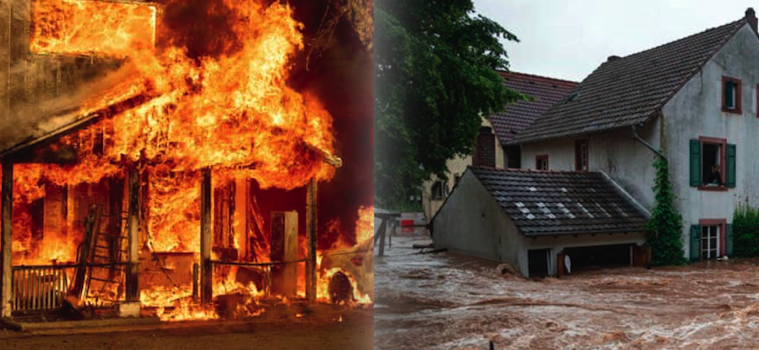Taking the color of a roast is quite simple nowadays. Just prepare a sample and point your roast color meter at it. The device will display the roast color as a number. This may raise some questions.
- Why do different devices report different results on the same roast?
- What does the reported number mean and how does it compare?
- Why does the same device report different numbers for the same roast?
This post resembles our report On Idle Noise, where we identified the sources of temperature measuring noise and quantified their impact. This post shares our observations from over 1000 color measurements taken with Tonino and Lighttells CM100+ roast color meters. Our results can help answer the above questions and may lead to better color measurements.




















